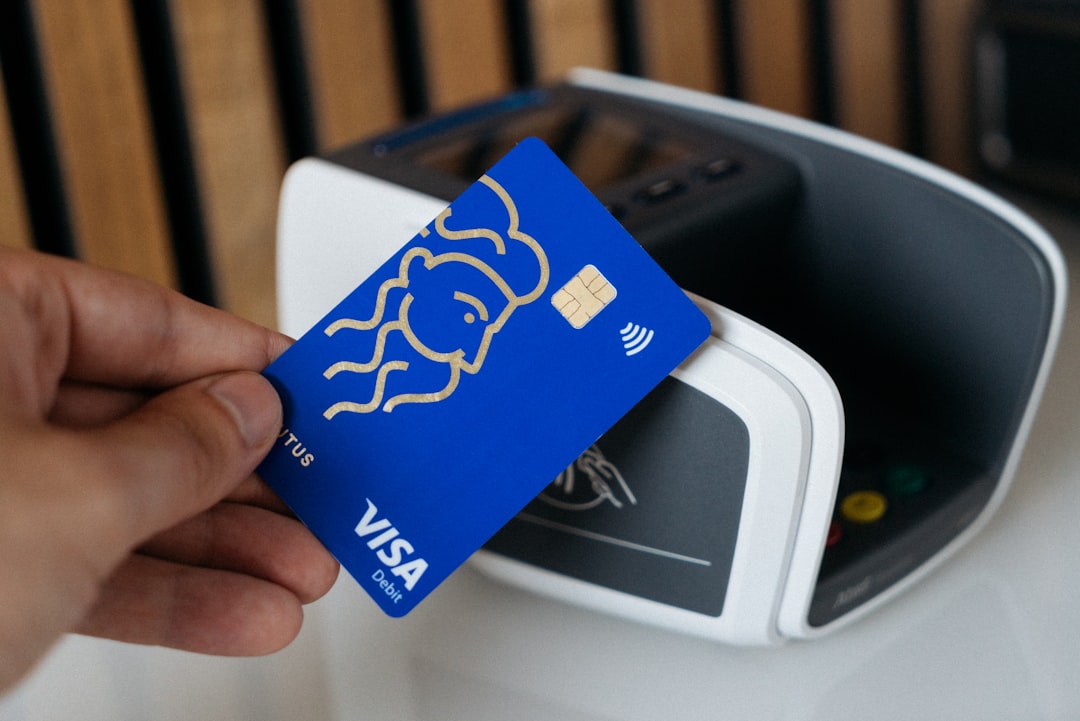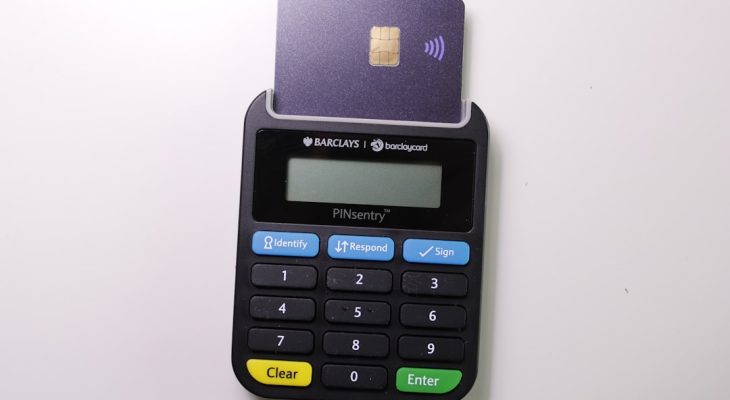Prepaid cards have become a popular alternative to traditional banking, offering convenience and flexibility for both consumers and businesses. On the surface, they may look like simple tools for managing money, but there’s more going on behind the scenes. Companies offering prepaid cards employ several clever strategies to generate revenue. Understanding how they earn money can help consumers make smarter financial decisions.
What Are Prepaid Cards? Unlike debit or credit cards, prepaid cards aren’t linked to a bank account or line of credit. Users load a specific amount of money onto the card, which can then be used for purchases or withdrawals until the balance runs out. They are often used by people without access to traditional banking or by parents managing allowances for their children.
But how do companies make money from these cards if users are simply spending their own funds? That’s where things get interesting. Here are the primary ways companies profit from prepaid card programs:
- Activation and Purchase Fees: Most prepaid cards charge a fee when someone first buys or activates the card. These fees can range anywhere from a few dollars to over $10, depending on the brand and features offered.
- Monthly Maintenance Fees: Many cards come with a monthly service fee that’s automatically deducted from the balance. While some companies may waive this fee if certain conditions are met (like a minimum deposit), it’s still a primary source of income.
- Transaction and Usage Fees: Companies often charge fees for ATM withdrawals, balance inquiries, or even customer service calls. Every small fee adds up, especially when cards are used frequently.
Interchange Fees: A Hidden Revenue Stream
Every time a prepaid card is swiped at a store or used online, the merchant pays an interchange fee—a small percentage of the transaction amount. While these fees are generally associated with credit and debit cards, prepaid card issuers also benefit. A portion of these fees goes directly to the company behind the prepaid card.

Although each individual fee might seem minor, when you consider the volume of transactions happening daily, the revenue multiplies quickly. This is especially profitable for cards that are reloaded and used regularly, increasing transaction frequency.
Float Income: Making Money from Idle Funds
Another clever method involves what’s known as float income. When users load funds onto a prepaid card, the money doesn’t always get spent right away. Those idle funds are often held in banks or investment vehicles, earning interest for the card-issuing company. Even though the users don’t benefit from that interest, the companies certainly do.
For example, if a million customers load $50 each onto their prepaid cards but don’t use the balance for a few weeks, that’s $50 million that the company can earn interest on. That interest income can be substantial, particularly when operating at scale.
Branded Cards and Partnerships
Retailers and other companies often partner with financial institutions to offer co-branded prepaid cards. These arrangements can bring in additional revenue streams through:
- Profit-sharing agreements
- Brand promotion or marketing fees
- Cross-selling of financial products
Companies may also earn referral commissions when users upgrade to additional services, like direct deposit, overdraft protection, or even personal loans offered through their prepaid account portal.

Zero Balance and Dormancy Fees
When a prepaid card goes unused for a certain period—say six or twelve months—some companies begin charging inactivity or dormancy fees. Eventually, if the card’s balance hits zero, it might even be deactivated. However, up until that point, companies squeeze the maximum possible value from the remaining funds.
Additionally, in some cases, consumers forget about these cards altogether. If they’ve paid money upfront for the card or never fully utilize their funds, that unused balance becomes passive income for the card-issuing company.
The Bottom Line
While prepaid cards offer ease of use and an alternative to traditional banking, consumers should be aware of the costs involved. Whether it’s the activation fees when purchasing the card or the subtle interchange fees every time they swipe, companies have found multiple revenue streams in prepaid card programs. Understanding these financial mechanisms not only helps consumers stay informed but also empowers them to minimize unnecessary fees and make choices that align better with their financial needs.








